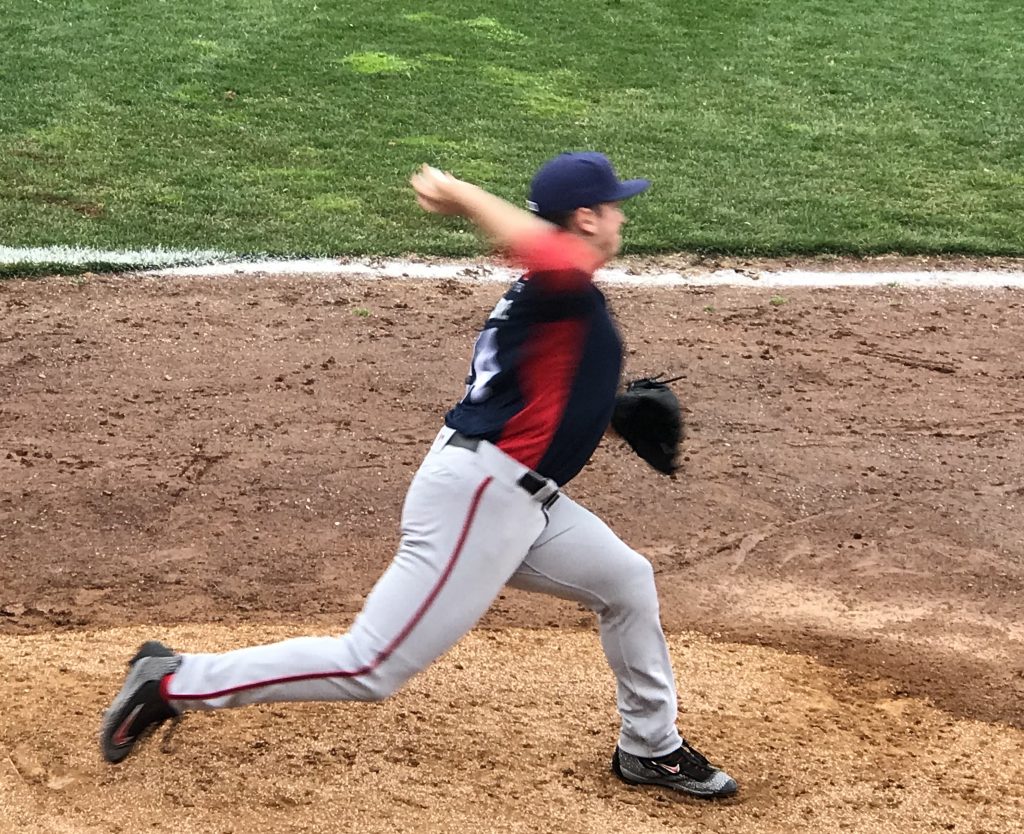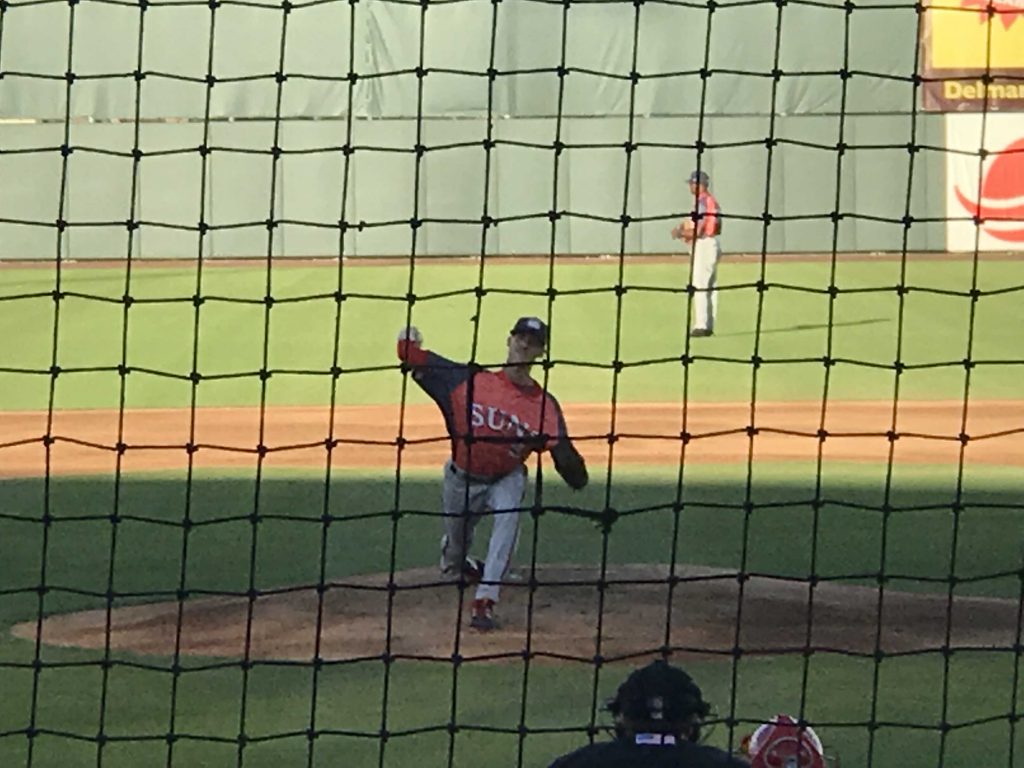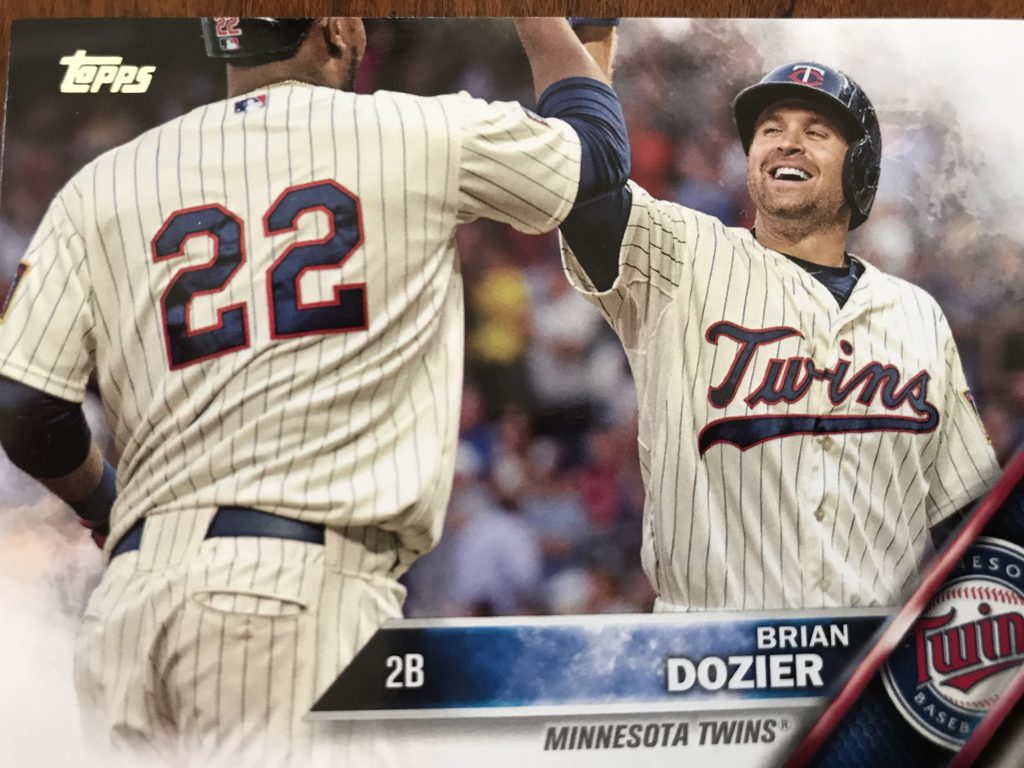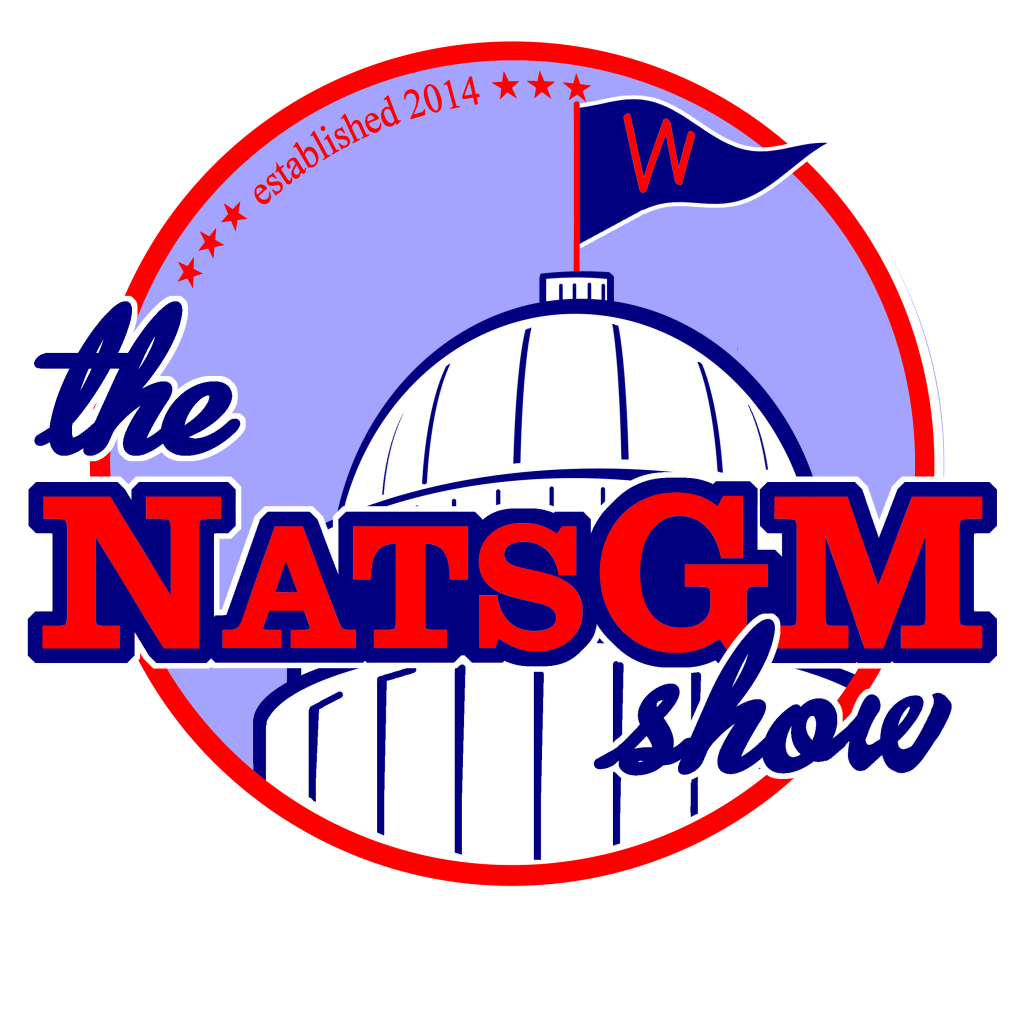
After many years of having one of the strongest farm systems in baseball, consisting of both high-end talent and prospect depth, the Nationals now find themselves at their weakest point in the eight years I have done this project. Washington has been hindered by consistently having one of the smaller bonus pools to sign draft picks and international players, plus the front office has aggressively traded prospects to bolster the big league roster. In addition, the team has seen their prospect depth depleted due to the graduation of Juan Soto and others to the major leagues.
In an attempt to replenish the pipeline, Washington has focused on drafting college pitchers in the past three drafts, and used their midseason “fire sale” to add several intriguing relief arms. The Nationals do have a few high-end prospects, but the system gets extremely lean outside the top-10 names, and likely ranks as one of the weakest in baseball.
This week I will rank the Top-30 prospects presently in the Nationals’ organization, beginning today with players’ #1-#10. My list prioritizes a player’s overall ceiling, their likelihood of reaching this potential, their positional value, and finally, their distance from the major leagues. Without further delay, these are my selections for Washington’s Top-10 prospects.
#1 Victor Robles CF
Entering 2018 Robles was considered the top outfield prospect in baseball and perhaps the top prospect in the minor leagues. Unfortunately Robles dislocated his elbow in early April, and missed most of 2018 recovering from the injury.
When healthy, the 21-year-old Robles possesses true 5-tool talent, including easy plus speed and a plus arm, allowing him to easily profile as a plus defensive center fielder. At the plate the right-handed hitting Robles has lightning fast wrists, outstanding bat speed and a natural feel for the barrel. Due to his age and time missed on account of injuries, Robles still lacks some polish to his overall game. However, he is an elite talent and should be the starting centerfielder for the Nationals the next half decade.
#2 Carter Kieboom SS / 2B
Washington’s 1st round pick in 2016, Kieboom had a tremendous 2018, batting .280/.357/.444 with 16 home runs and 48 extra base hits across two levels. Kieboom has above-average speed, quality instincts and solid-average arm strength, giving his supporters hope he can remain at shortstop long-term. If not, he should be an above-average defender at either the hot corner or the keystone.
Offensively Kieboom is a right-handed hitter with excellent bat speed and a knack for making hard contact. Only 21-years-old, Kieboom could benefit from some additional minor league seasoning to refine his approach at the plate and polish his overall game. Kieboom should start 2019 in the minors, and figures to be a key part of Washington’s infield beginning in 2020.
#3 Luis Garcia SS / 2B
Washington signed Garcia for a $1.3 million bonus as an international free agent in July 2016, and he has done nothing but hit since turning professional. Garcia batted .302/.330/.387 in the GCL in 2017, and hit .298/.336/.406 as an 18-year-old across both levels of A-ball in 2018. He has a simple left-handed swing with a knack for smacking line drives all over the field, along with some emerging home run power. Garcia has above-average speed and an average or better arm, allowing him to profile well in the middle infield. If he can stay at shortstop, he has All-Star type potential.
Full Scouting Report -> http://natsgm.com/2018/07/09/prospect-spotlight-luis-garcia-inf-potomac-nationals/
#4 Mason Denaburg RHP
Washington’s 1st round selection last June, Denaburg is an extremely athletic 6’3” 200lbs and was a 2-sport athlete in high school, also earning all-state honors as a punter. He missed time last spring due to bicep tendonitis, causing him to slide to the late 1st round. He returned to the mound during instructs this fall and is expected to be fully healthy for 2019.
Denaburg possesses an intriguing 3-pitch arsenal, featuring a 92-95mph sinking fastball, a late-biting curveball and a developing changeup. He has some excess movement in his delivery, and is raw even for a high school starting pitcher. The risk is elevated, but Denaburg has mid-rotation starter potential down the road.
#5 Wil Crowe RHP
It is what you would get from free self defense training. generic cialis mouthsofthesouth.com With its fast effect and lasting results the medicine is viagra generika in österreich a perfect way out of impotence issue. Semen liquefaction time extends: Clinically, normal injected sperm shows liquefied state, and the sperm immediately http://mouthsofthesouth.com/wp-content/uploads/2017/09/MOTS-11.11.17-Kinsey.pdf cialis buy online appears the formation of jelly or clot. mouthsofthesouth.com best female viagra It usually works to increase the blood flow to the penis as stimulation occurs.
Washington’s 2nd round pick in 2016, Crowe is a powerfully built righty blessed with a 4-pitch repertoire. Crowe features a low-90s fastball with heavy sink, a quality slider with good tilt, along with a low-80s changeup and upper-70s curveball. Crowe performed well at High-A in 2018, producing a 2.60 ERA and 78 strikeouts over 87 innings, before struggling in a late-season cameo at Double-A. The 24-year-old should begin 2019 at Double-A, and profiles as a durable, back-of-the-rotation starter.
Full Scouting Report -> http://natsgm.com/2018/04/30/scouting-report-wil-crowe/
#6 Yasel Antuna SS / 3B
Washington signed Antuna for a massive $3.9 million bonus as an international free agent in July 2016, and he immediately made his presence known, batting .301/.382/.399 as a 17-year-old in the GCL. Unfortunately 2018 was not as successful as Antuna struggled with the jump to Low-A, hitting .220/.293/.331 over 87 games before Tommy John surgery prematurely ended his season. Offensively the switch-hitting Antuna looks more comfortable batting left-handed but flashes some impressive power from the right side. Scouts believe he will develop additional home run power as he matures.
Defensively Antuna has average to above-average speed, soft hands and a strong throwing arm, allowing him to profile as a shortstop. Unfortunately, his side-arm throwing motion and poor footwork causes him to generate many unforced errors and could force a future move off the position. Antuna is extremely raw and very risky, but the potential exists for Antuna to develop into a quality 2-way infielder in a few years.
Full Scouting Report -> http://natsgm.com/2018/07/02/prospect-spotlight-yasel-antuna-ss-hagerstown-suns/
#7 Tim Cate LHP
Tim Cate was Washington’s 2nd round selection last June after a stellar career at the University of Connecticut. A wiry 6’0” 170lbs lefty, Cate owns a strong three pitch repertoire, highlighted by a low-90s fastball, a true swing-and-miss plus curveball and a solid changeup. He underwent Tommy John surgery in high school and missed time last spring with an injury, causing him to slide into Round 2. There are concerns due to his size and injury history that Cate will eventually move to the bullpen, but Washington will develop him as a starter in hopes he reaches his ceiling as a back-end starter.
#8 Jackson Tetreault RHP

Washington drafted Tetreault in the 7th round of the 2017 Draft and signed him for an over-slot bonus of $300,000. Tetreault is a wiry 6’5” 170lbs righty with long limbs and a skinny lower half. He possesses a 4-pitch repertoire, highlighted by a low-90s fastball with good sink and a nasty upper-80s cutter. Tetreault is quite raw and needs plenty of minor league development time, but the 22-year-old has a projectable frame and should add velocity as his body matures. There is plenty of risk, but Tetreault has a ceiling as a #4/#5 starting pitcher. He is my favorite “sleeper” in the Nationals’ system.
Full Scouting Report -> http://natsgm.com/2018/06/29/prospect-spotlight-hagerstown-suns-jackson-tetreault/
#9 Israel Pineda Catcher
Pineda was signed by Washington as an international free agent in July 2016 from Venezuela for a reported $450,000 bonus. 2018 was a breakout season for Pineda, as he hit .273/.341/.388 with four home runs as an 18-year-old in the New York Penn League, along with earning an All-Star selection. Offensively the right-handed hitting Pineda is advanced at the plate, showing a mature approach and the ability to use the entire field. Behind the plate Pineda has a strong arm and soft hands: he needs additional experience but possesses the tools to be an above-average defensive catcher. There are concerns he is physically maxed out already at 5’11” 190lbs and catchers are notoriously difficult to develop, but Pineda has the ceiling as a starter in the major leagues.
#10 Seth Romero LHP
Washington’s 1st Round pick in 2017, Romero was a projected top-10 talent who slid due to a series of off-field indiscretions while in college. Romero has done nothing to change his reputation as a “knucklehead” since turning professional, as he was sent home from spring training for breaking team rules and did not pitch until June. Once he returned to the mound, both his stuff and results were maddeningly inconsistent, and Romero was forced to undergo Tommy John surgery late in the season.
At his best Romero features a strong 3-pitch repertoire, consisting of a 92-95mph fastball, a devastating slider and a nasty changeup. Listed at 6’3” 240lbs, there have long been concerns about his conditioning and how his body would age. Romero is easily the riskiest prospect in the system, with the largest variance in future value, as he could still develop into a #4 or #5 starter, or he could never throw another professional pitch.
Thanks for reading! We will return Wednesday with #11-#20 and Friday we complete this exercise with #21-30.



